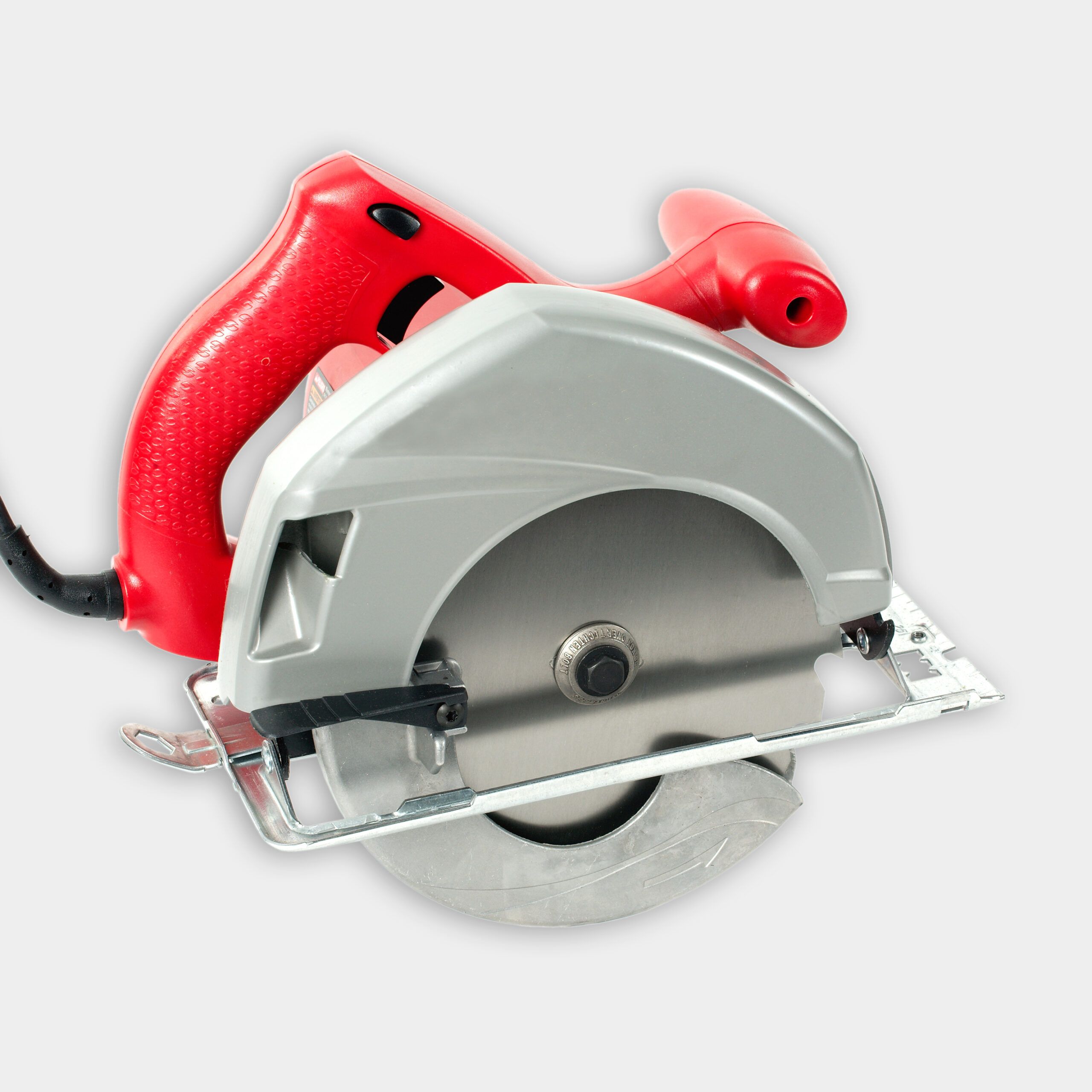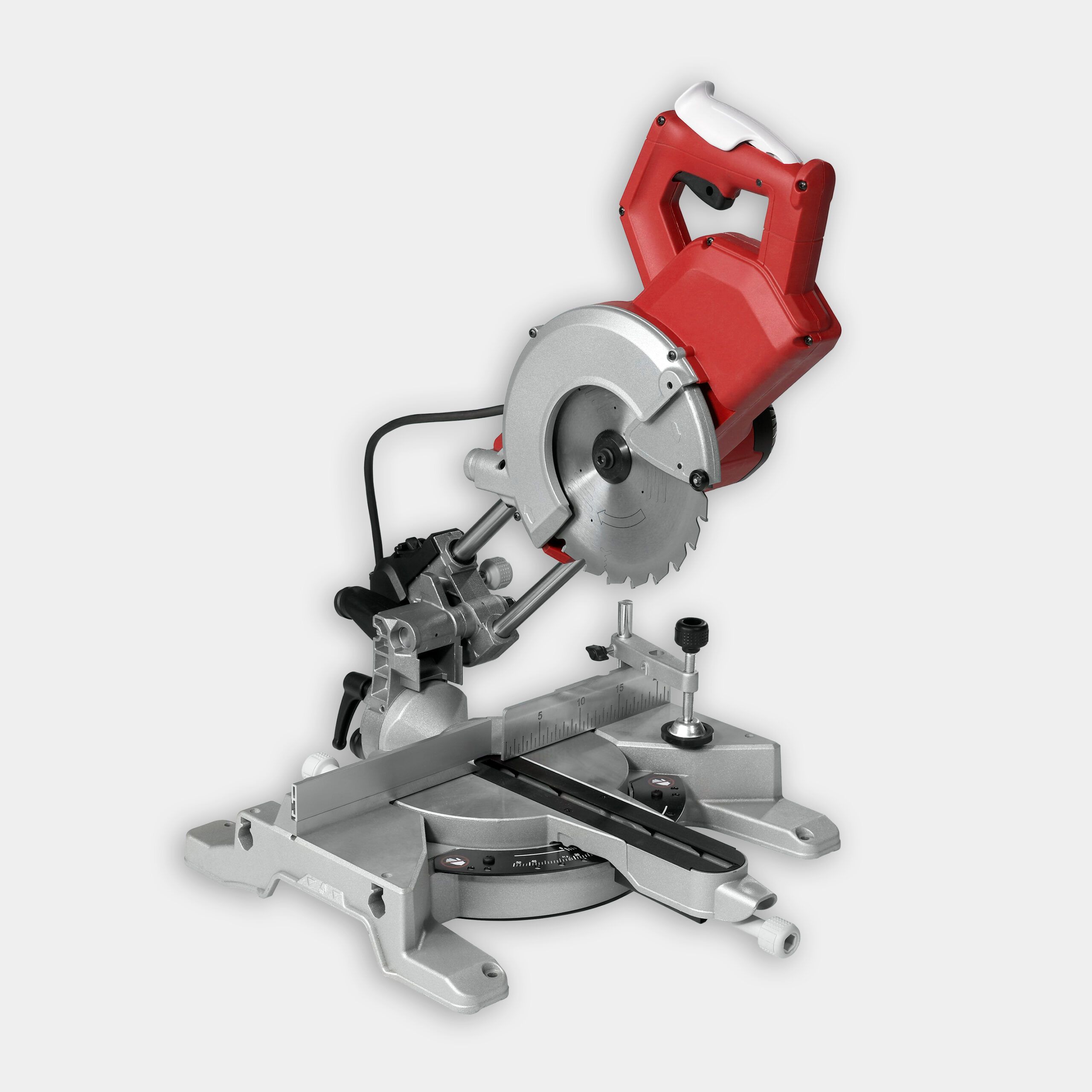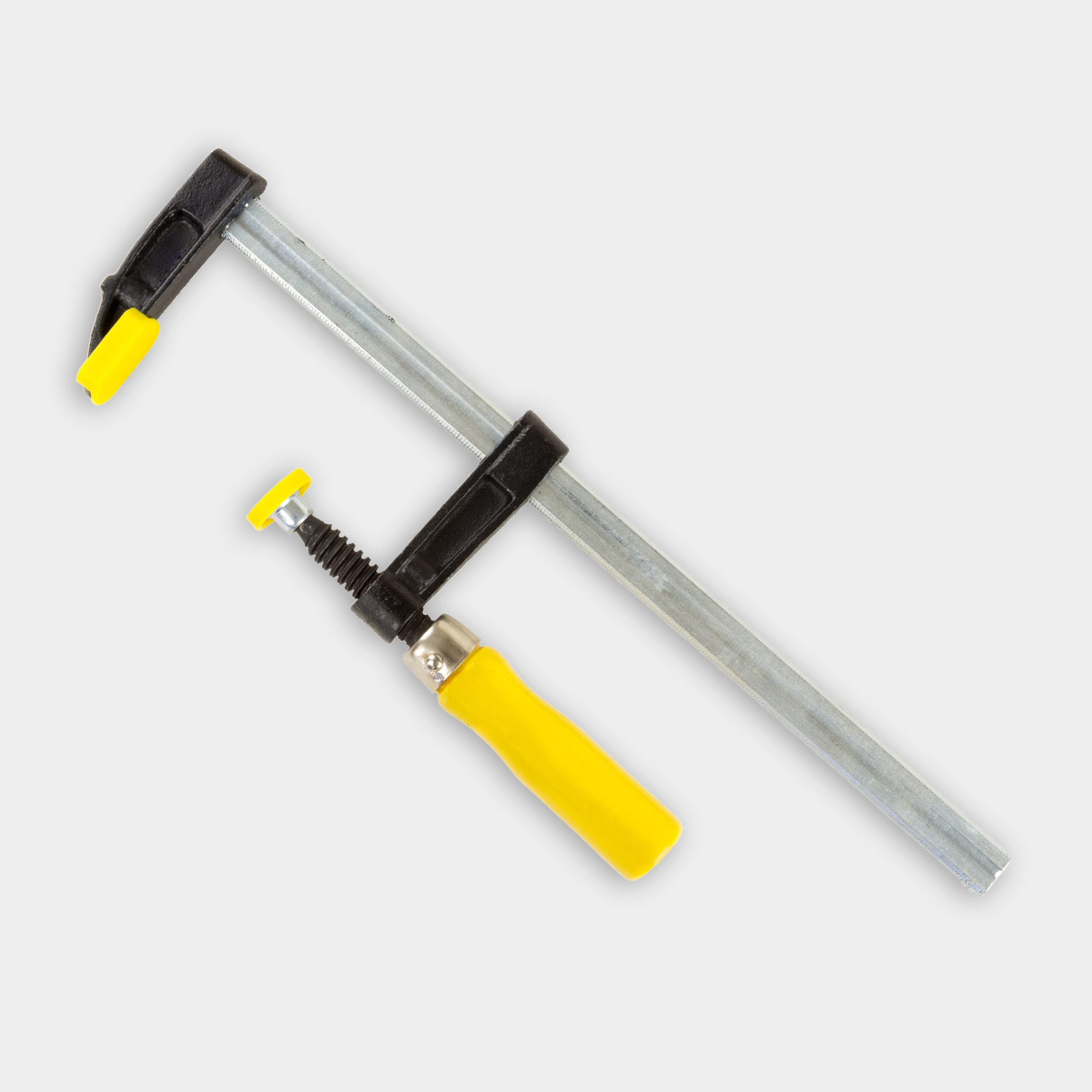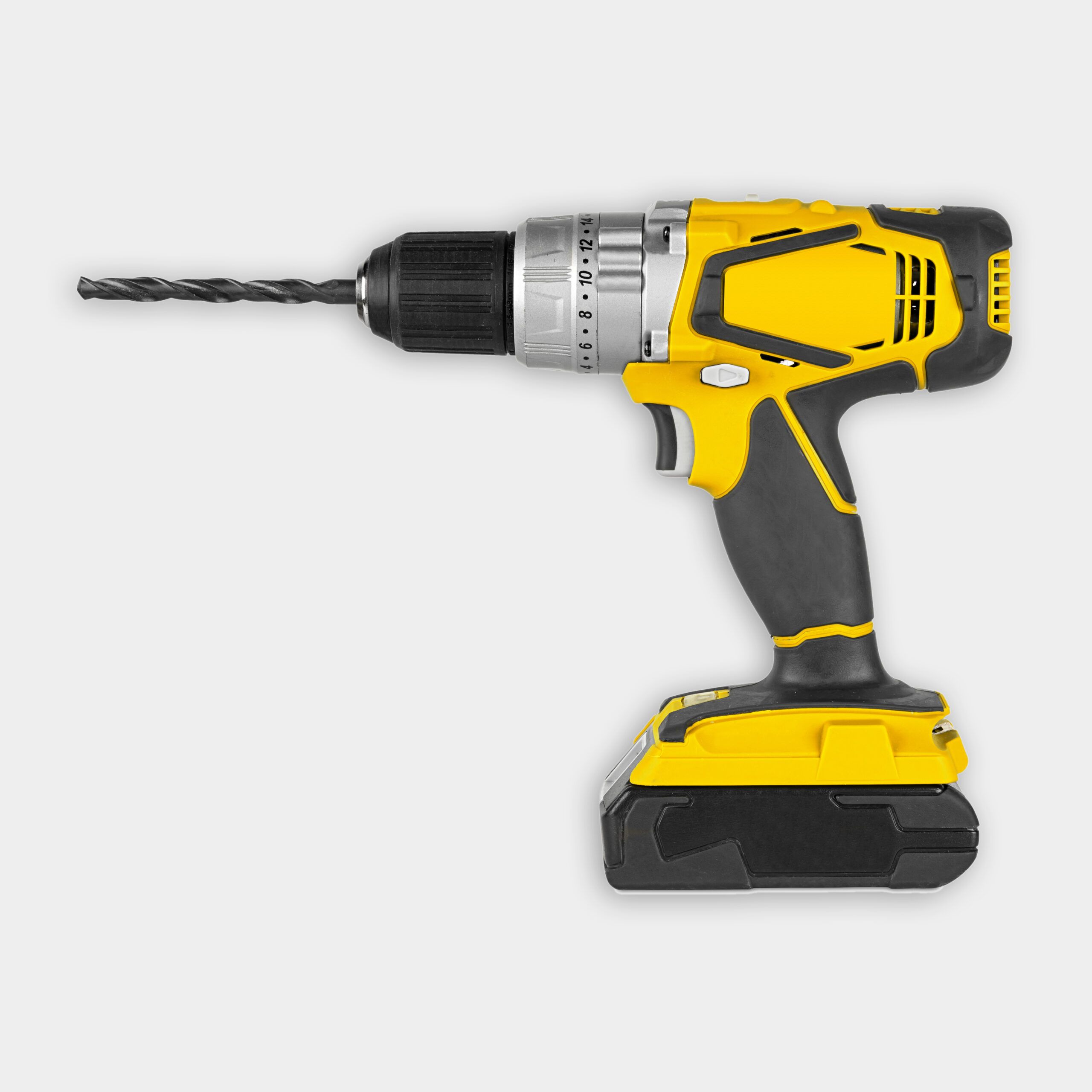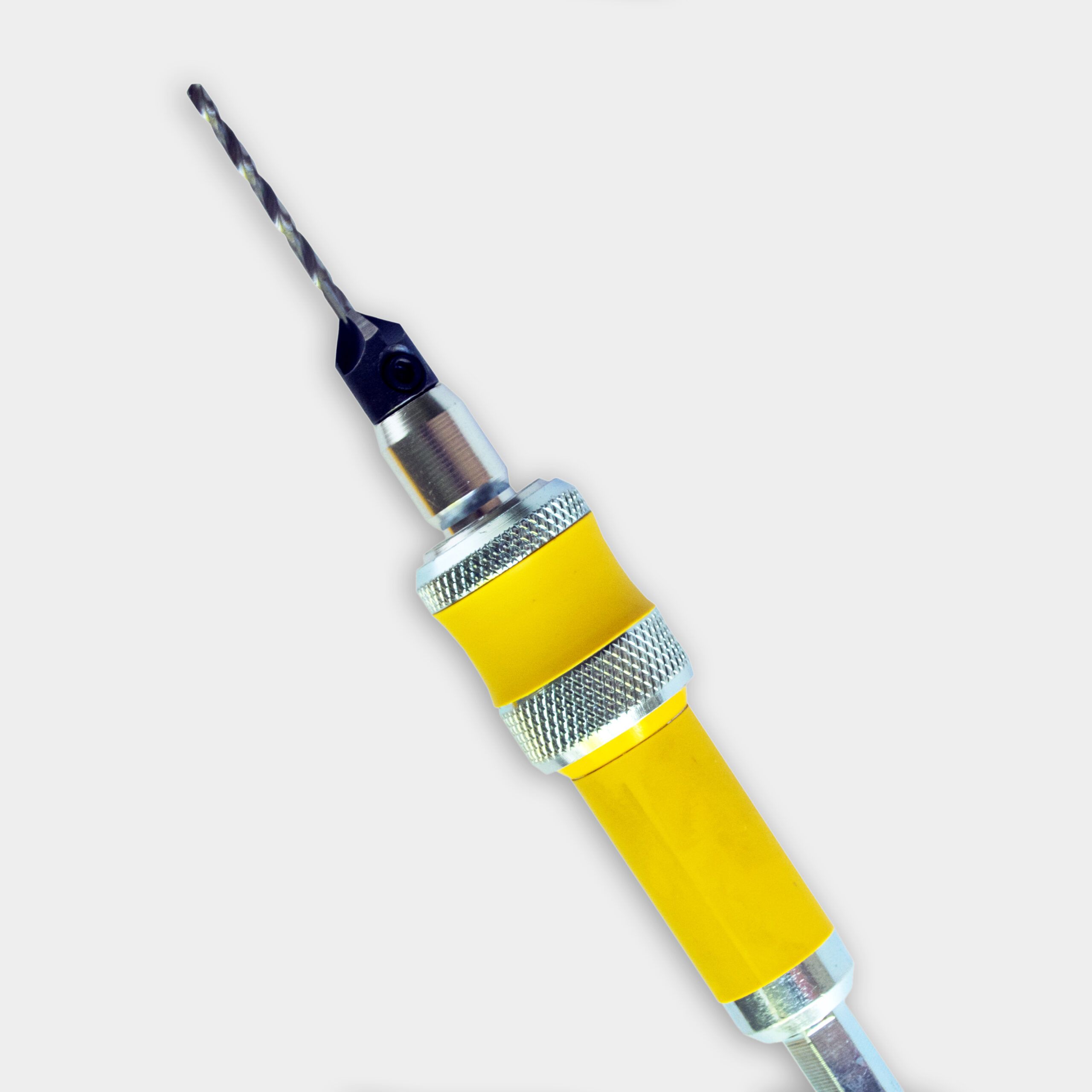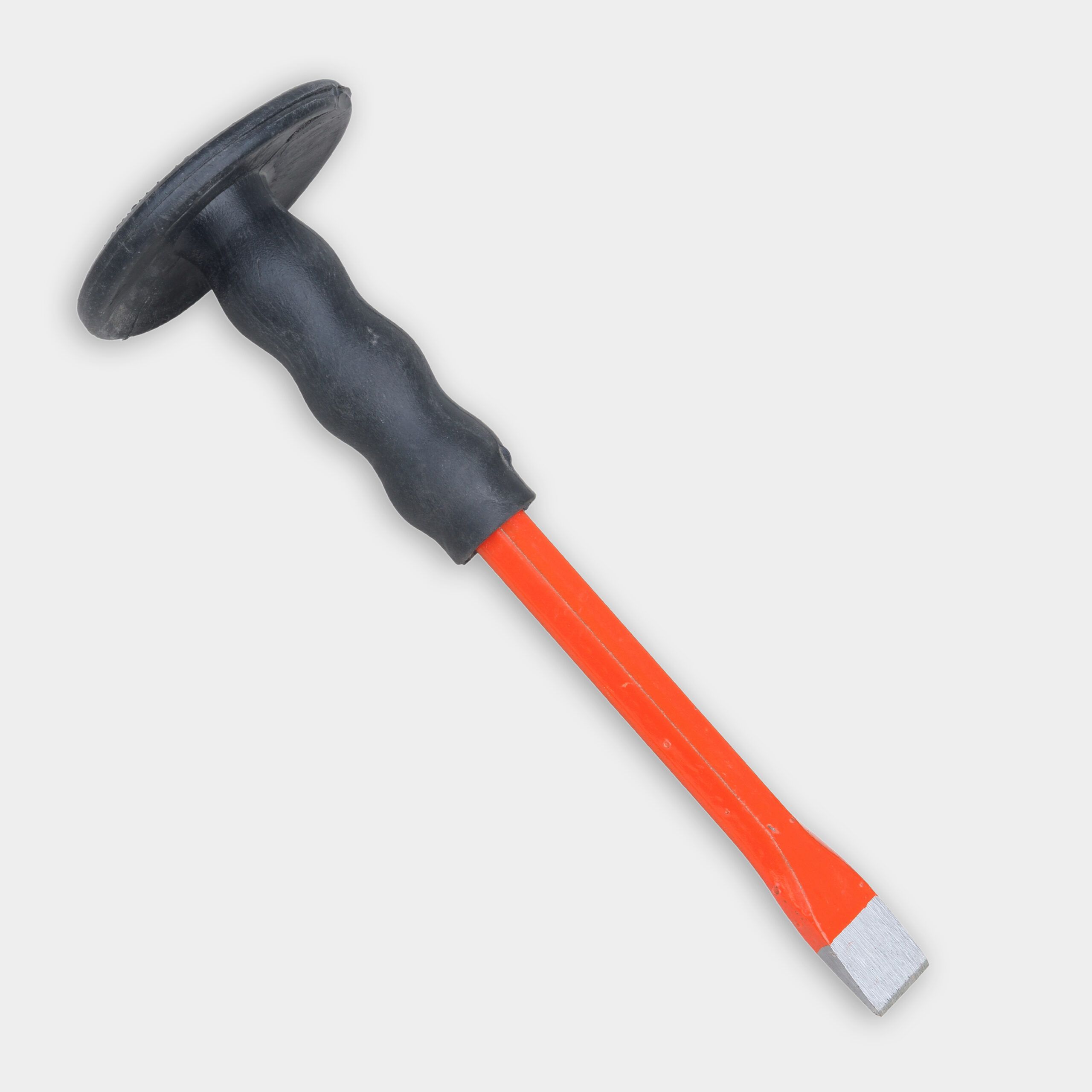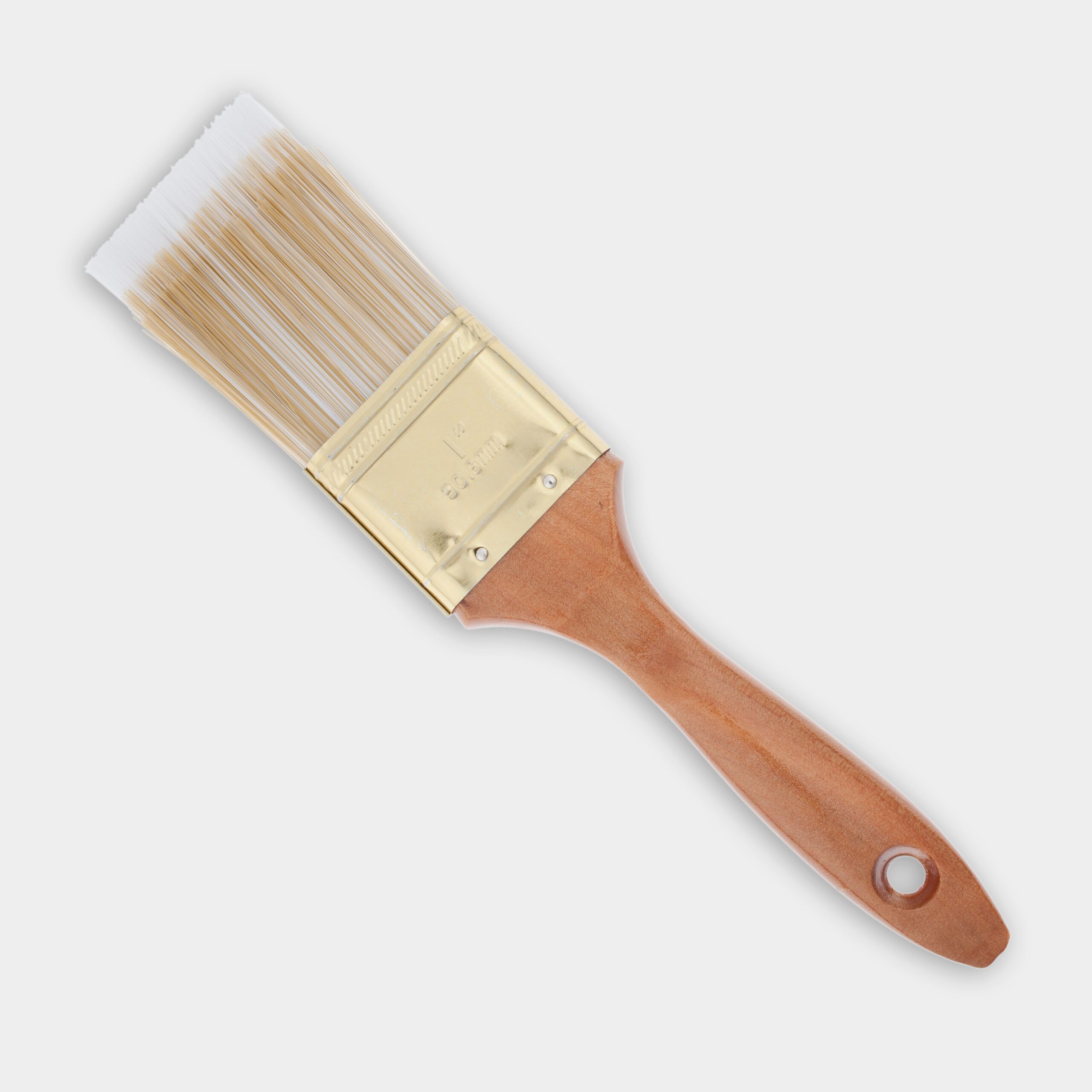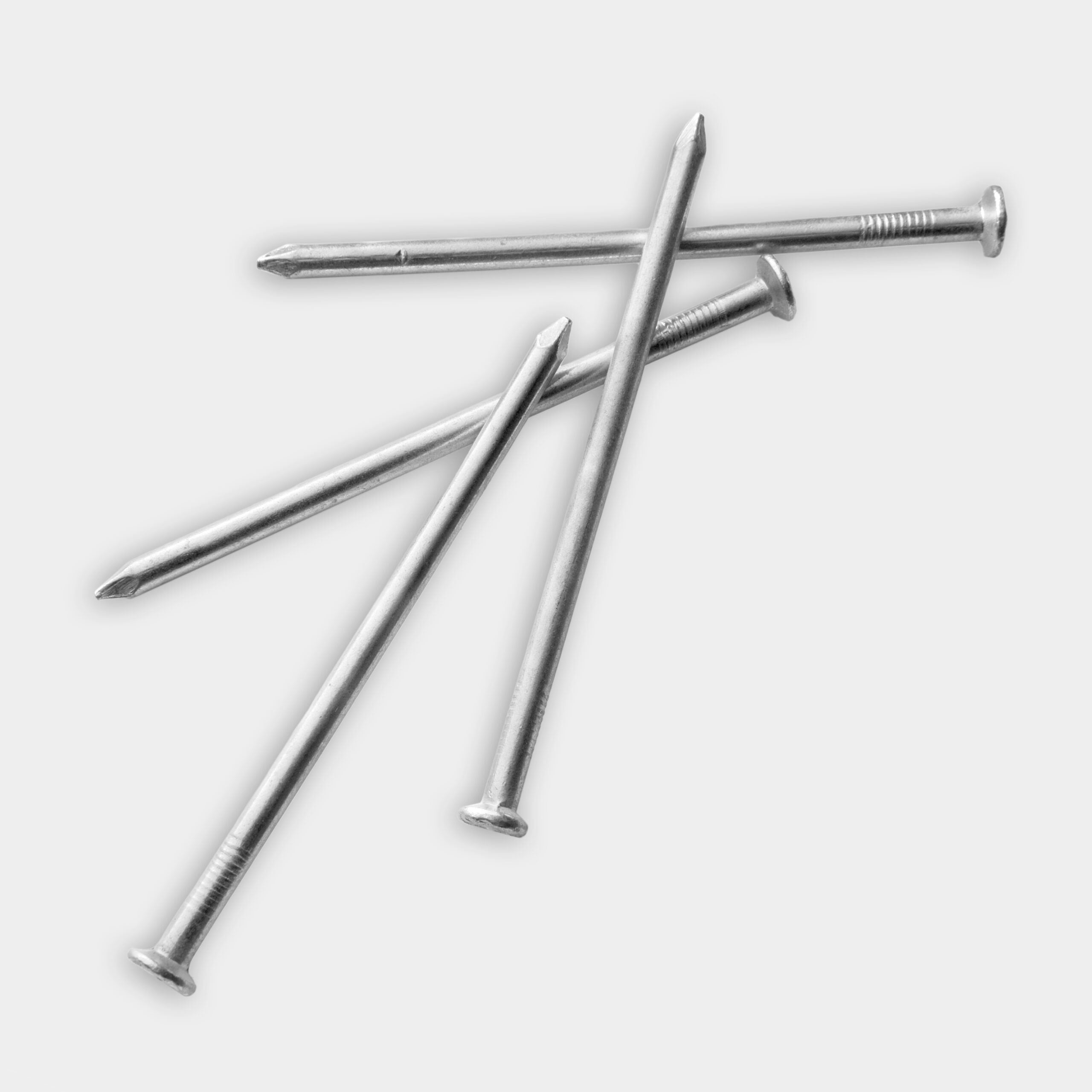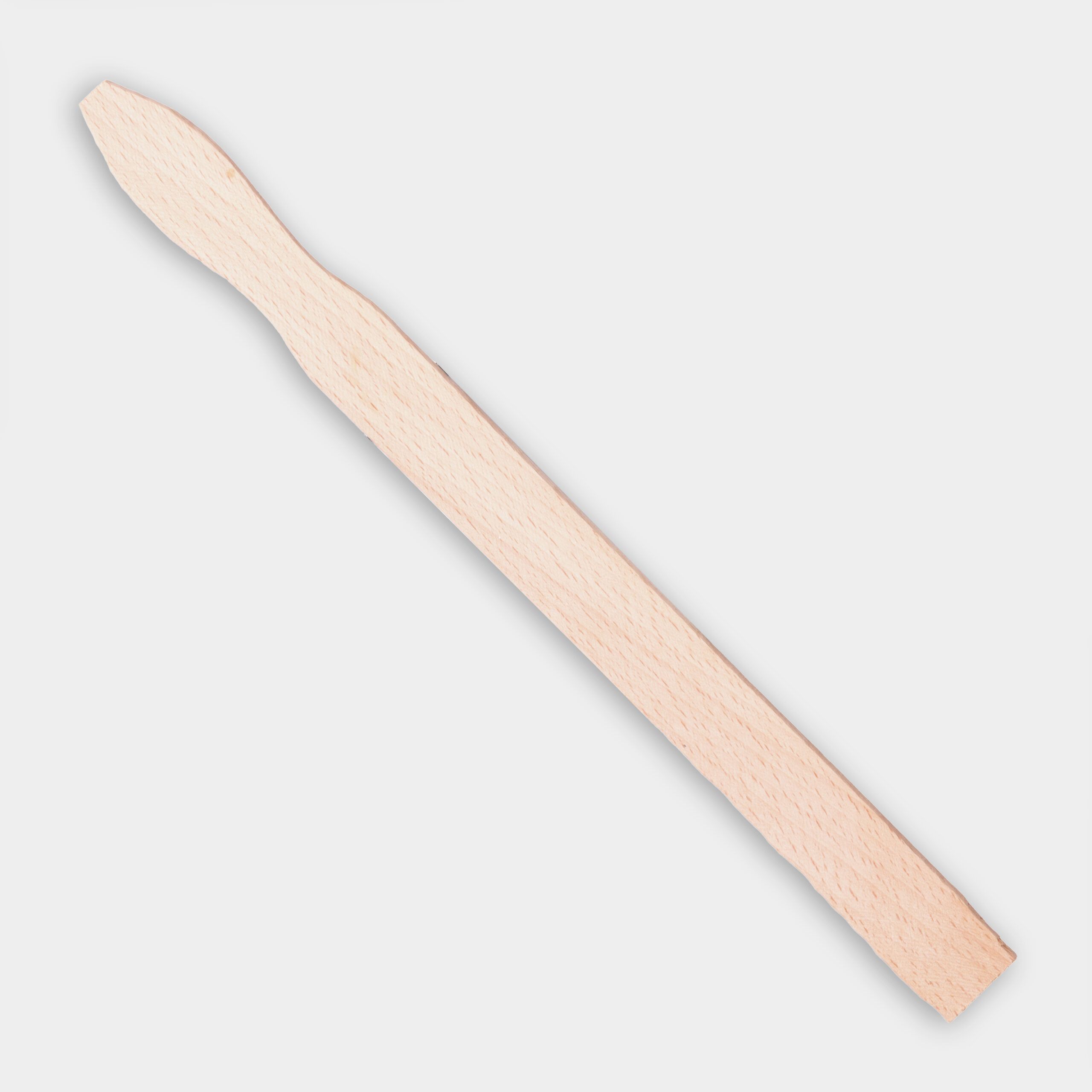Project details
Skill
Cost
Estimated Label
We may be compensated if you purchase through links on our website. Our team is committed to delivering honest, objective, and independent reviews on home products and services.
A Shaker dining bench can add extra seating and visual interest to any dining room. This type of design is simple, functional, and requires only a few hours to construct. Read the guide below to learn how to make your own do-it-yourself Shaker dining bench, and watch the video above to see Jenn from House One demonstrate complete each step.
Understanding the Shaker Dining Bench Design
The Shaker dining bench design is simple and functional, and includes the key features below.
- Angled backrest for comfort and safety
- Arched feet for visual interest
- Interlocking joints for added strength
- Sturdy construction using thick stair treads and common 1x stock
A Shaker dining bench seats three adults or four children, which makes it an ideal addition to any dining area. You can neatly tuck it under the table whenever you’re not using it.
Materials and Tools Needed to Build a Shaker Dining Bench
Gather the materials below before you start construction:
- 1 quart milk paint
- 4 1-by-11 1/2-by-36-inch stair treads
- 1-by-12-by-6-foot board
- 5/4-by-4-by-6-foot board
- 1 5/8-inch deck screws
- 150-grit sanding pads
- Satin wax
- Wood glue
- Wood filler
You’ll also need these tools to complete the project:
- Chisel
- Circular saw with shop-made cutting guide
- Countersink bit
- Drill/driver and driver bits
- Hand clamps
- Jigsaw
- Miter saw
- Paintbrush
- Random-orbit sander
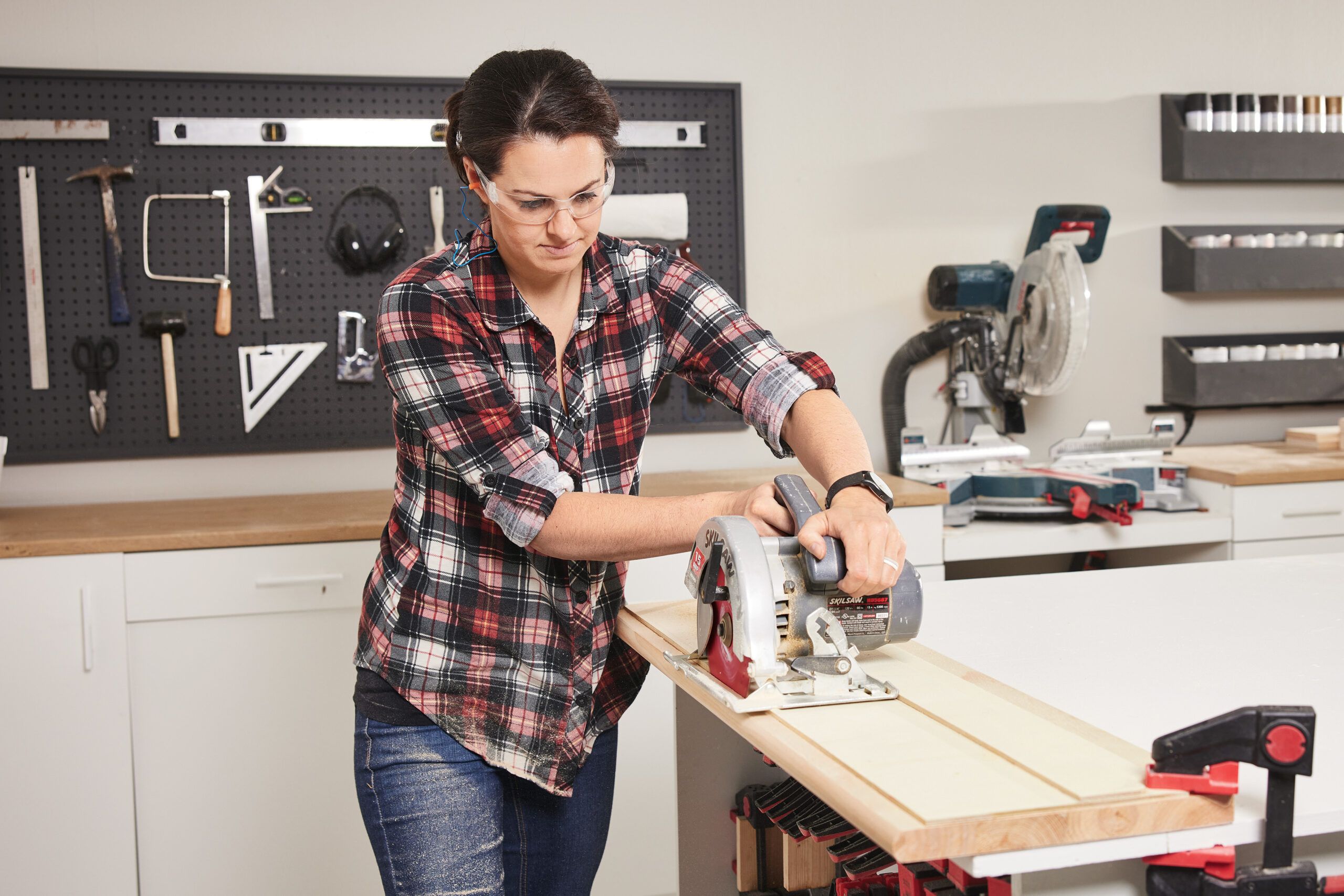
Steps for Building a Shaker Dining Bench
1. Prepare the Wood
Use a straight edge and circular saw to remove the rounded edges from the stair treads. This makes clean, square edges for your bench components. Next, use a miter saw to cut the leg pieces, rail, seat, and backrest to the appropriate lengths.
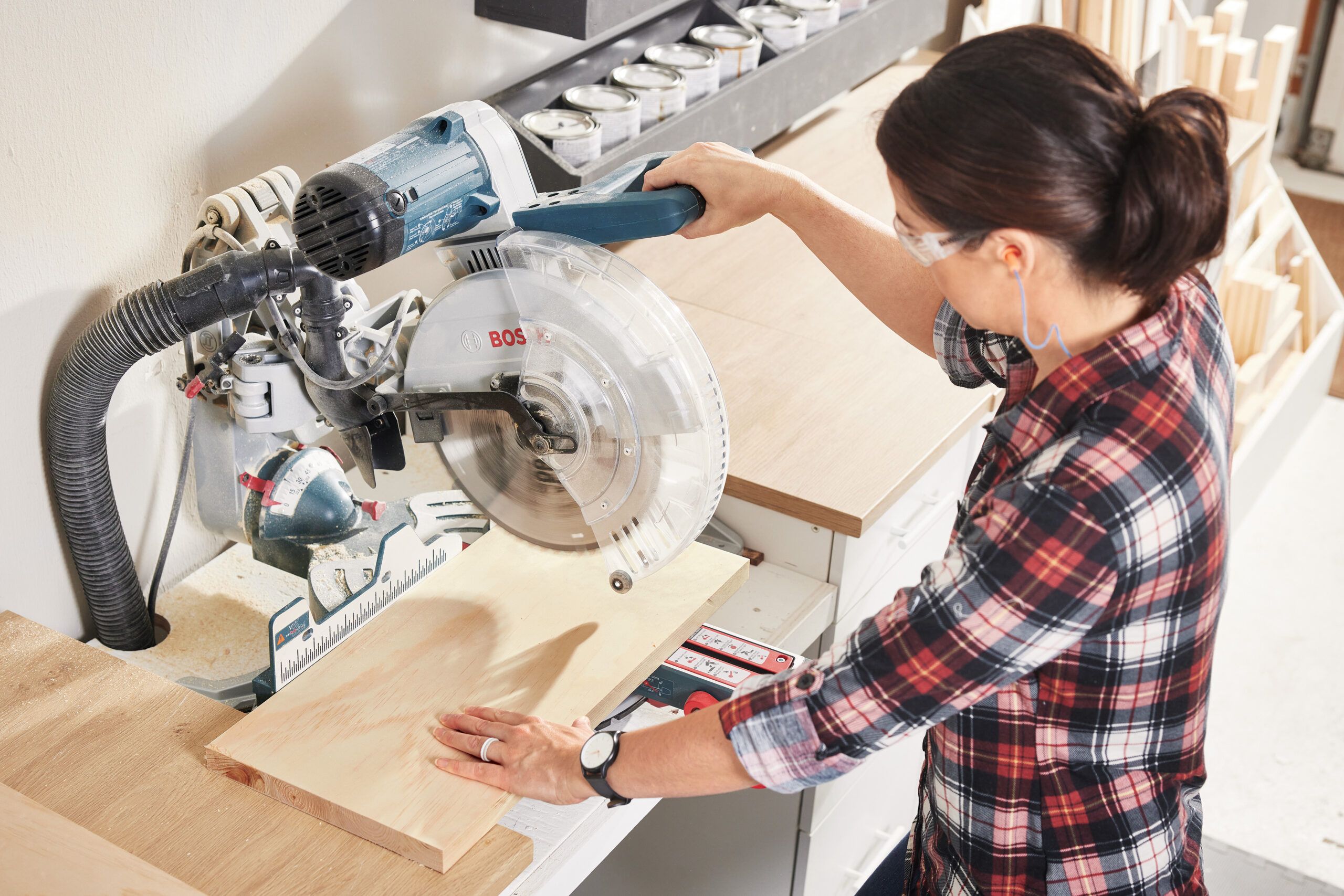
2. Cut the Tapered Backrest Supports
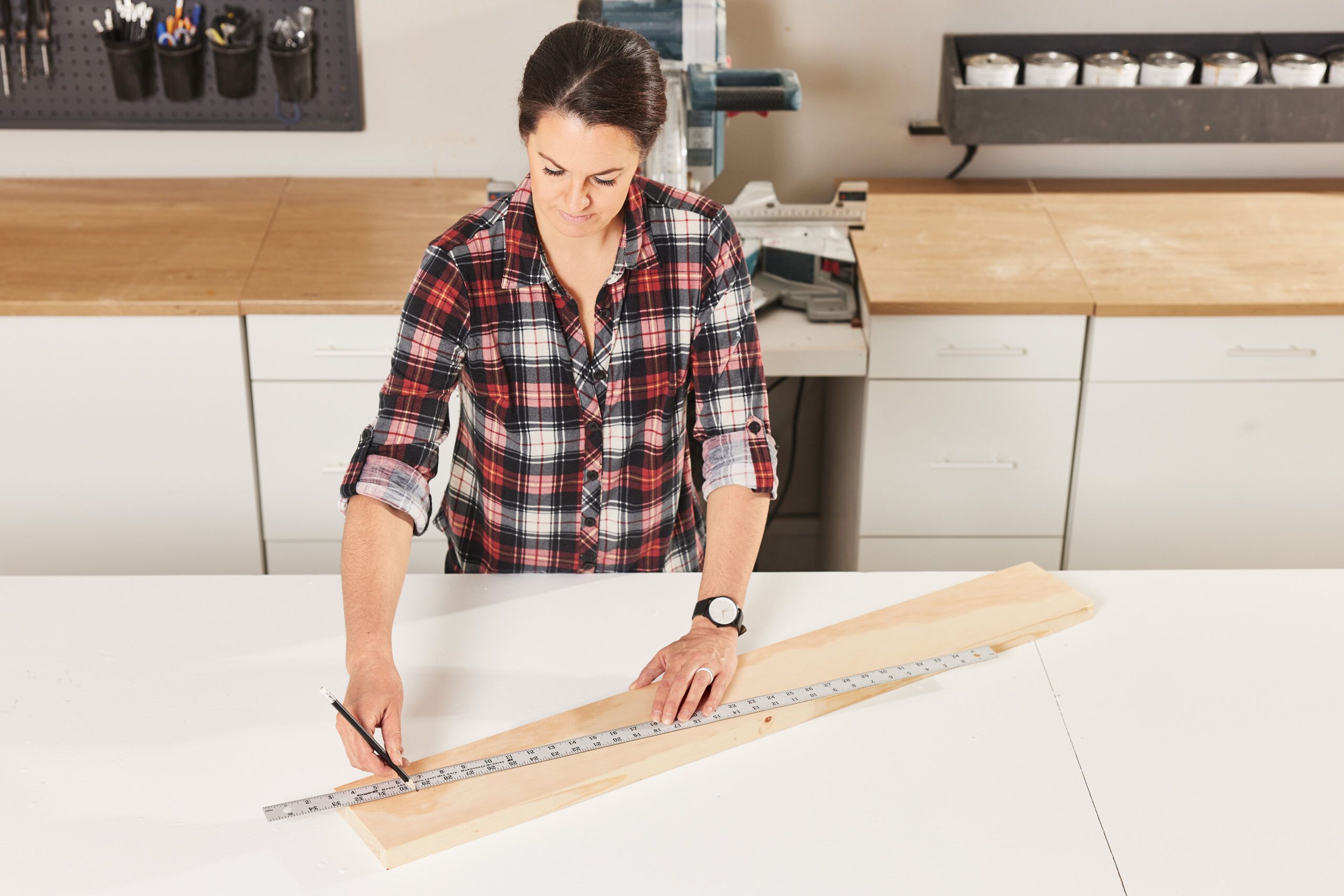
To create the comfortable recline of the backrest, you’ll need to cut a taper on the backrest supports. Draw a tapered line that starts 18 inches up from the front edge and ends 1 1/2 inches in from the top back edge. Use a circular saw with a cutting guide to make this angled cut.
3. Assemble the Leg Components

Apply wood glue to join the two-part leg assembly, and make sure the bottom edges are flush. Clamp the pieces together, and allow at least 12 hours for the glue to dry completely. Once it’s dry, remove the clamps and sand the joints smooth.
4. Create the Arched Feet
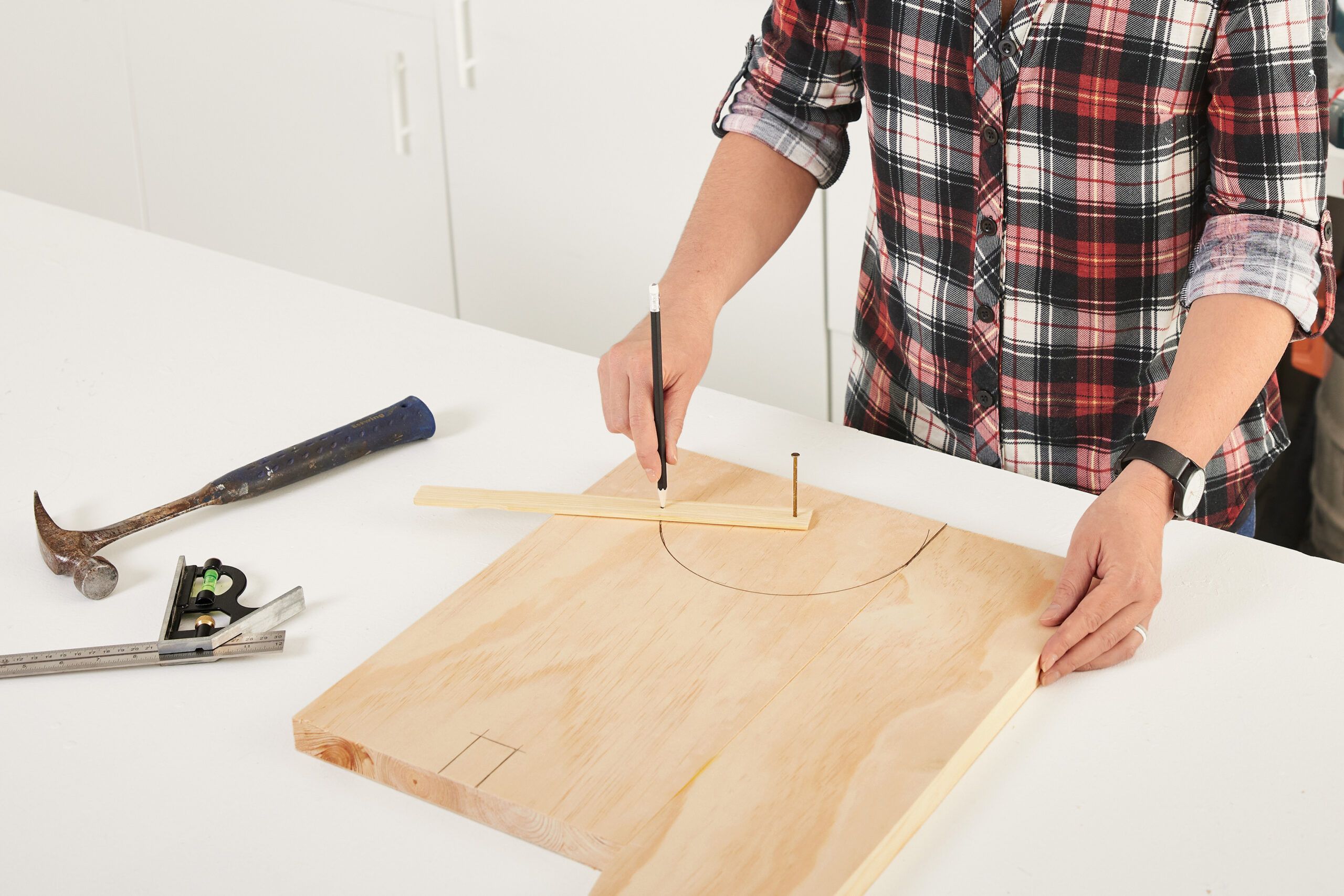
Arched feet add a touch of elegance to the bench design. Follow the steps below.
- Make a simple compass by drilling two holes into a paint stick that are 4 inches apart.
- Mark a pivot point on each leg 2 inches up from the bottom and 6 1/2 inches from the front.
- Use the compass to draw an arch, then extend vertical lines to the bottom on each side.
- Cut out the arch using a jigsaw, and repeat this for all three legs.
5. Cut the Notches
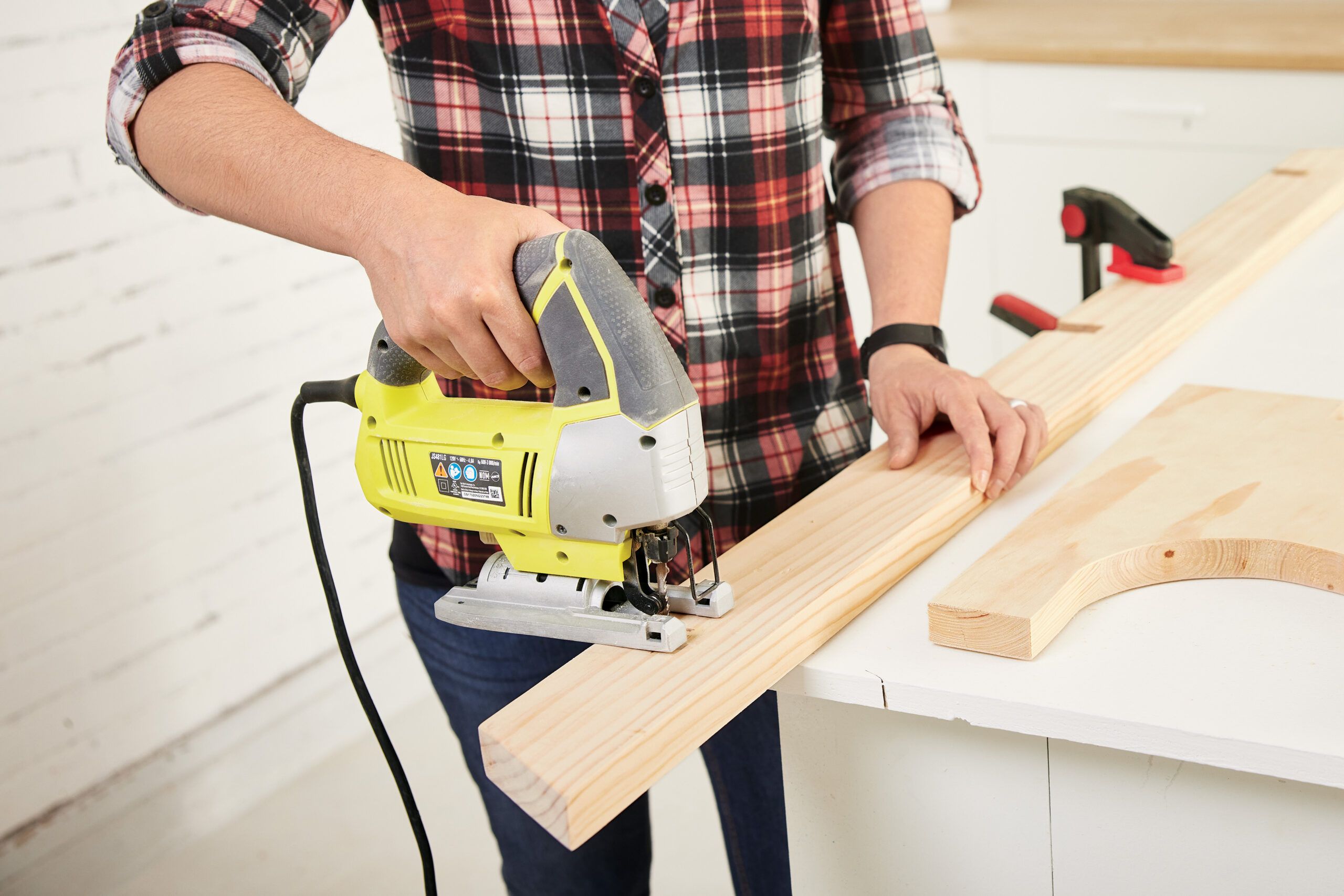
Notches make the bench especially stable. Mark and cut the notches below.
- On each leg assembly: A notch in the center that’s 1 1/4 inches wide and 1 3/4 inches deep
- On the rail: Three notches that are 1 inch wide and 1 3/4 deep (two that are 4 inches from the bottom ends and one that’s centered)
Use a jigsaw to carefully cut out these notches. Stay just inside your pencil lines to achieve snug fits.
6. Assemble the Base
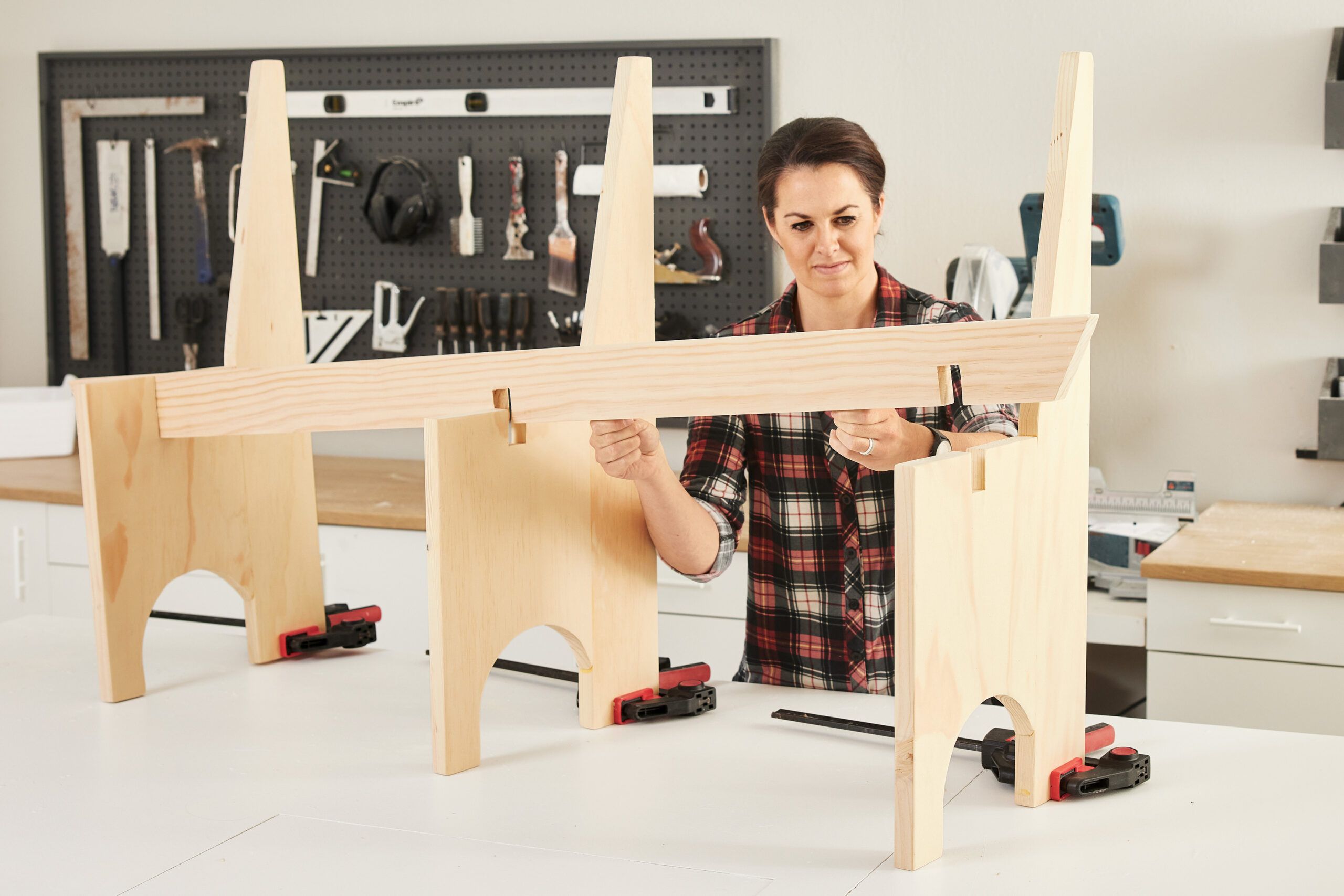
Stand the legs up using clamps and align the notches with the rail. Test-fit the pieces, and use a chisel to adjust the notches if necessary. Once you’re satisfied with the fit, apply glue to the notch walls and reassemble. Use a square to make sure each leg is perpendicular to the rail before the glue sets.
7. Attach the Seat and Backrest
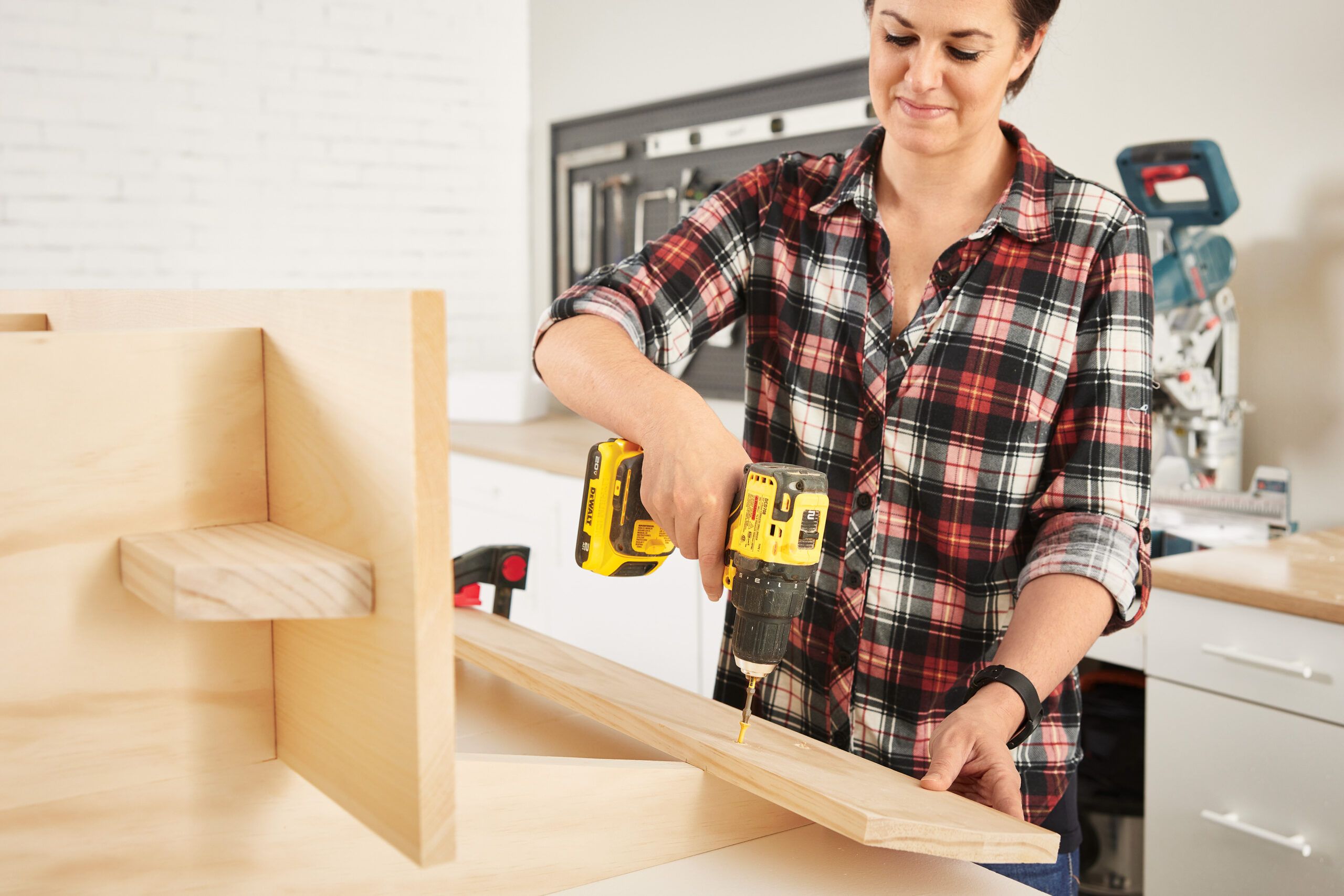
Center the seat on the base and attach it using 1 5/8-inch deck screws through countersink pilot holes. Position the backrest so it overhangs the tops of the legs by 3/4 inch, and secure it with screws.
8. Finishing Touches
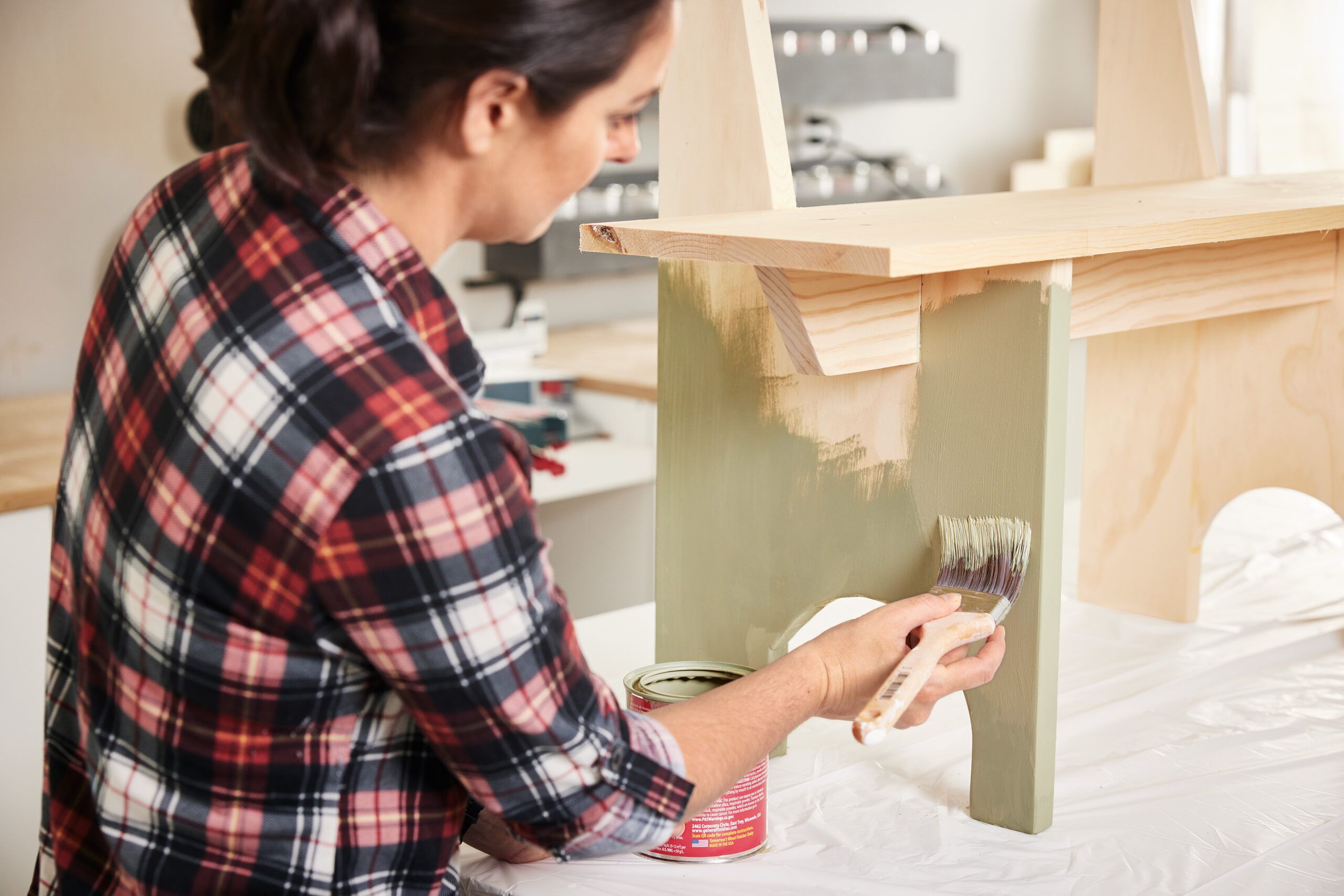
Follow the steps below to complete your Shaker dining bench:
- Fill screw holes with wood filler and sand them with 150-grit sandpaper.
- Apply two coats of milk paint, and sand lightly between coats.
- Finish with a coat of satin wax for a soft sheen and extra protection.
Shaker Dining Bench Customization Options
Consider customizing your bench with some of the ideas below.
- Add cushions for extra comfort and a pop of color.
- Adjust the bench dimensions so that they fit your dining table.
- Consider using different wood types for a unique look.
- Experiment with different paint colors or wood stains to match your decor.
Shaker Bench Maintenance and Care
Follow the steps below to keep your Shaker bench looking its best:
- Clean spills immediately to prevent staining.
- Dust regularly with a soft, dry cloth.
- Reapply wax every year to maintain the protective finish.
- Tighten screws periodically so that the bench remains sturdy.
Alternative Projects to Compliment a Shaker Dining Bench
If the Shaker dining bench project inspires you, there are several other woodworking projects you might find equally rewarding. Consider building complementary pieces such as a matching dining table, sideboard, or even a pair of Shaker-style chairs..
Dining Table
You can design a dining table that matches your bench perfectly. Use similar materials and construction techniques to create a cohesive look. Add features such as extendable leaves or built-in storage solutions.
Sideboard
A sideboard can add storage space and style to your dining area. Use it to store dining essentials such as dishes, linens, and serving ware.
Shaker-Style Chairs
Consider building Shaker-style chairs with similar backrest angles to match your bench. Add cushions to make the chairs more comfortable and tie them in with your dining room’s decor.
Kitchen Island with Seating
A kitchen island with seating can provide extra counter space and a casual seating area for meals or social gatherings. Use the same materials and techniques you used to construct your bench for a uniform appearance.
Tips for Efficient Woodworking
Achieving a professional finish on your DIY Shaker dining bench requires some special attention. Follow the steps below to make your woodworking process smoother and more enjoyable:
- Plan Ahead: Make detailed project plans and cutting lists so that you get accurate measurements.
- Sand: Sand your wood thoroughly to remove any roughness and prepare it for a smooth finish.
- Use a Clamping Strategy: Use clamps to hold pieces of your bench in place, keep joints tight, and keep surfaces flush.
- Use Sharp Tools: Keep your tools sharp to get clean cuts.
